I have an interesting problem that's been wrecking my brain and would like some help with it.
Basically what I have is a voltage readout box that has a few voltage displays on it. I would like to have a second box with the same set of voltage displays some distance away. What I'm trying to figure out is the simplest way to send data between the two boxes. Also since this is a high voltage and high electrical noise environment I'd like to do it with fiber optic cables. Now I've done this before with things like CAN-bus or Ethernet/IP devices and it works just fine. The issue is that they all require a controller and some level of programming. I'm working with some folks who would like to stay away from programming as much as possible, so I'm trying to figure out if what I want to do can be done in hardware only.
For instance here is a simple idea of how I envisioned this to work:
- First box has an Analog-Digital converter that reads in the voltage
- This ADC outputs digital data, let's assume it's 8-bits, on 8 separate lines
- I take the 8 lines and convert them to optical signal using 8 fiber optic transmitters
- Take 8 fiber optic cables and run them to the second box
- In second box I have 8 fiber optic receivers that convert optical input into digital output
- Digital-Analog converter reads in the data and converts it to analog output
- Display data on a voltage readout
That sounds fine, except that I need 8 separate fiber optic cables. But if I need to read out 5 different voltages then I'd need 40 cables total, which starts to get ridiculous.
Obviously, the right thing to do is pick some sort of serial transmission that can be done with a couple or few cables. But then I'm stuck with the same problem that I stated above, need to program the thing.
Anyone know of a simple digital communication technique that would allow me to do what I want without having too many cables run between the boxes? The speed of thins thing is not critical, it's all in "human time". Mainly done for safety and monitoring, so a 1 Hz rate is plenty.
Thanks.


